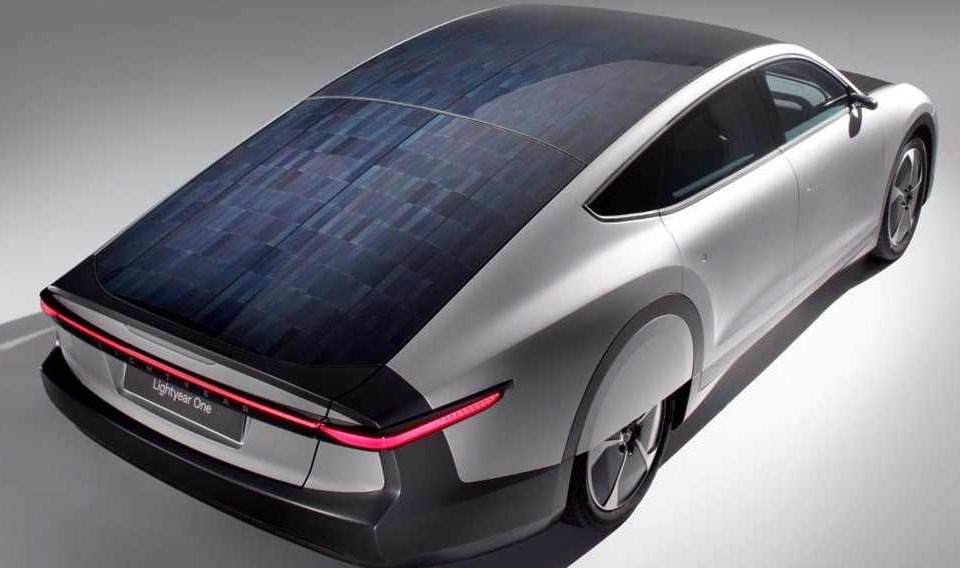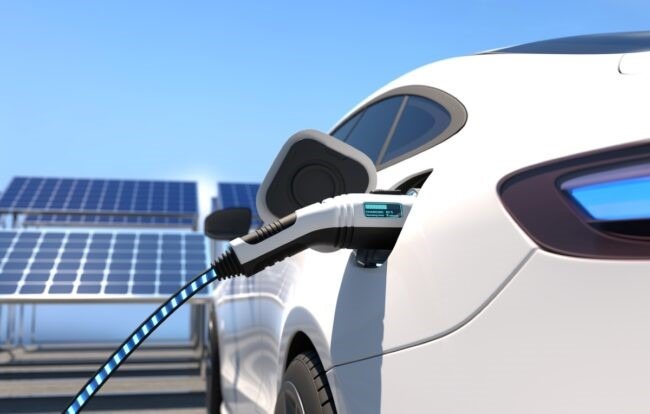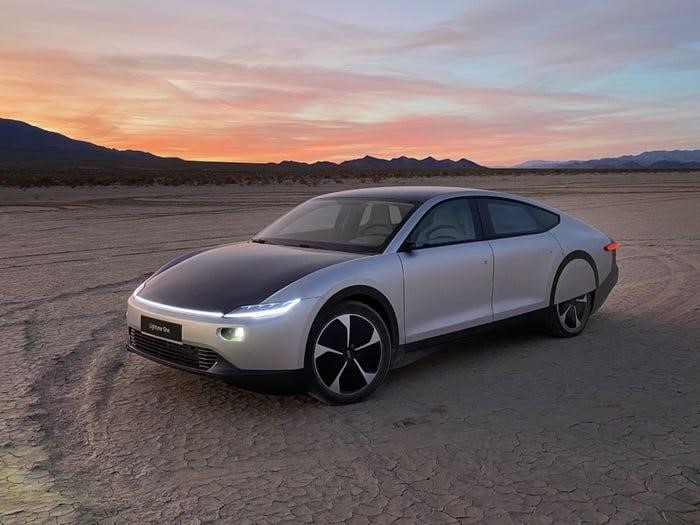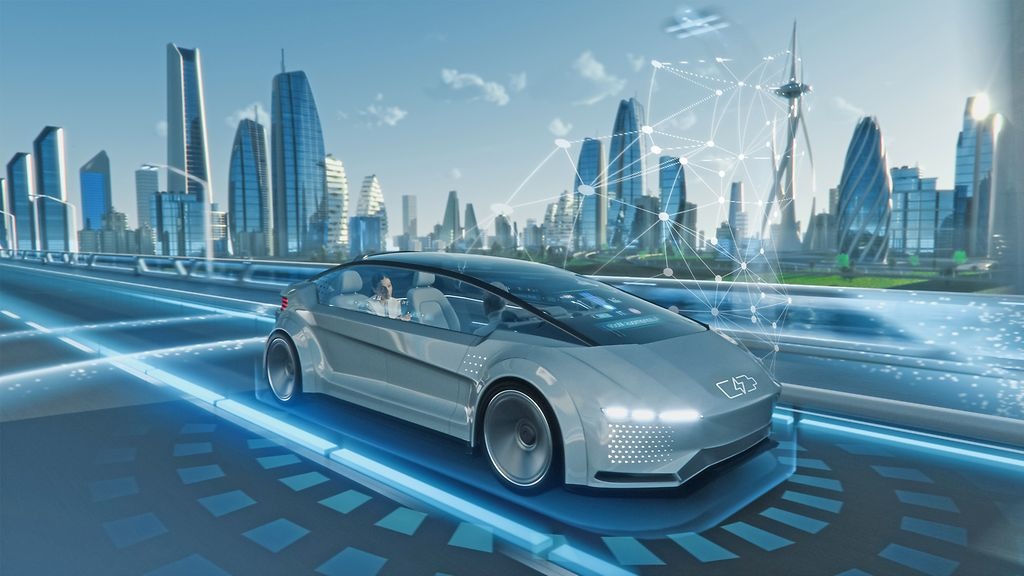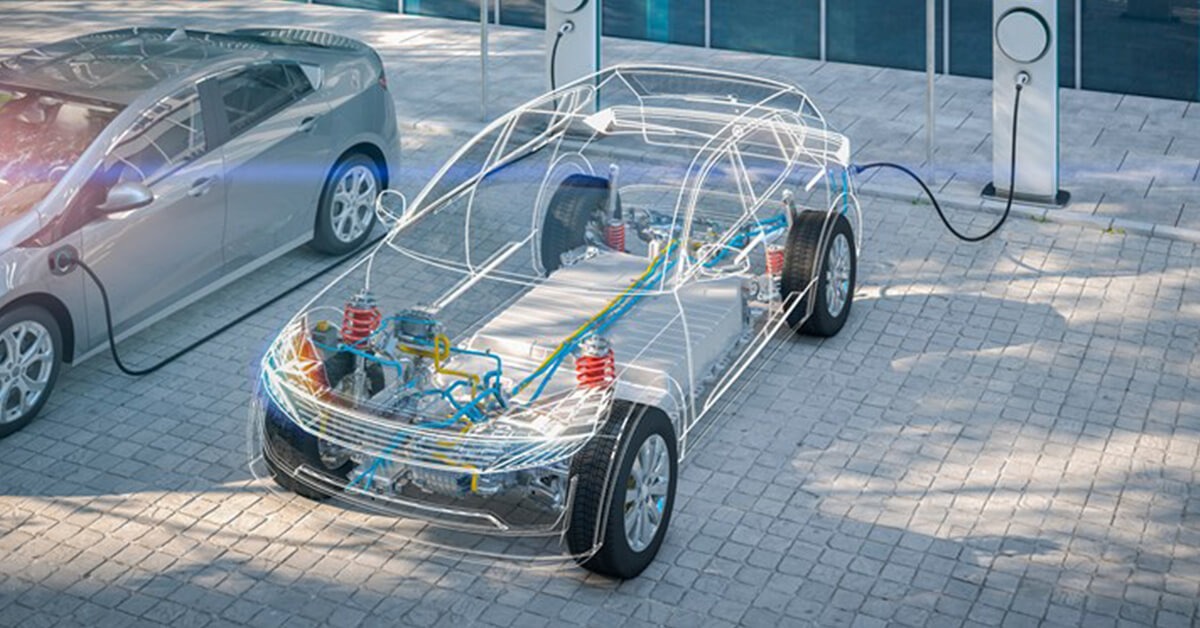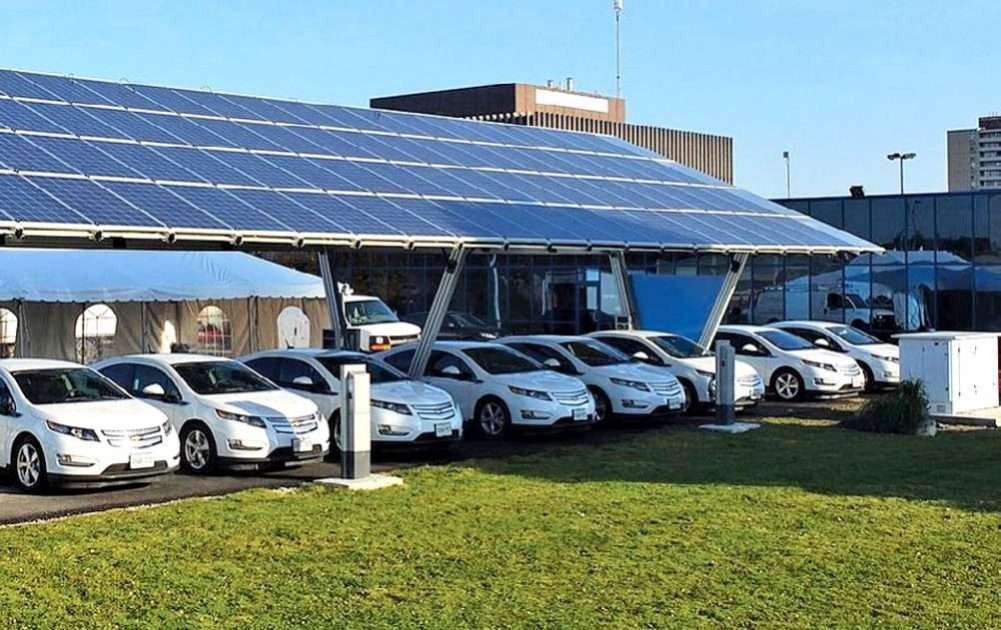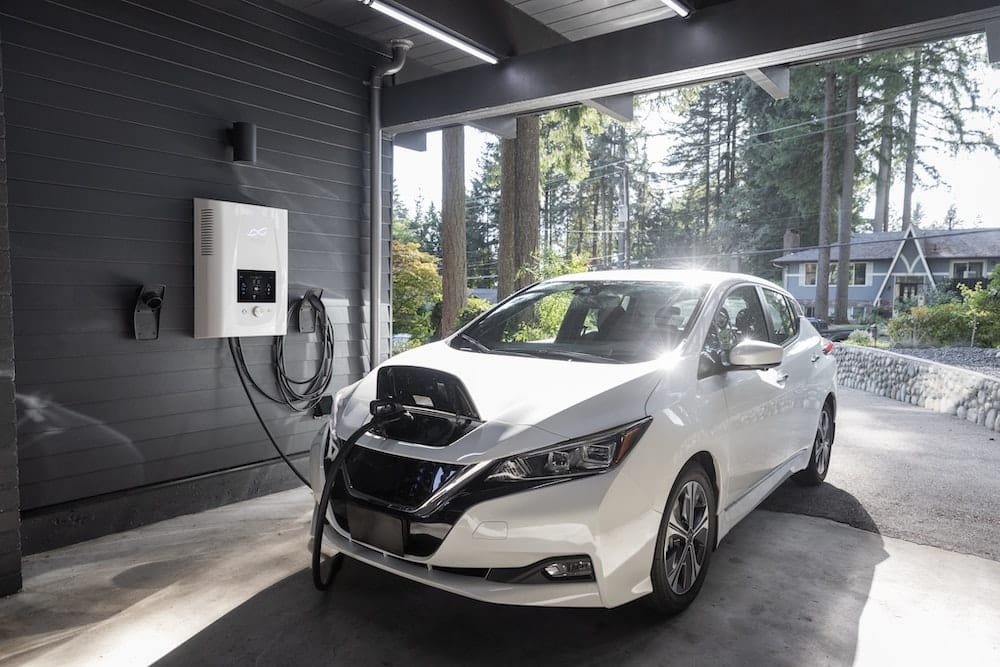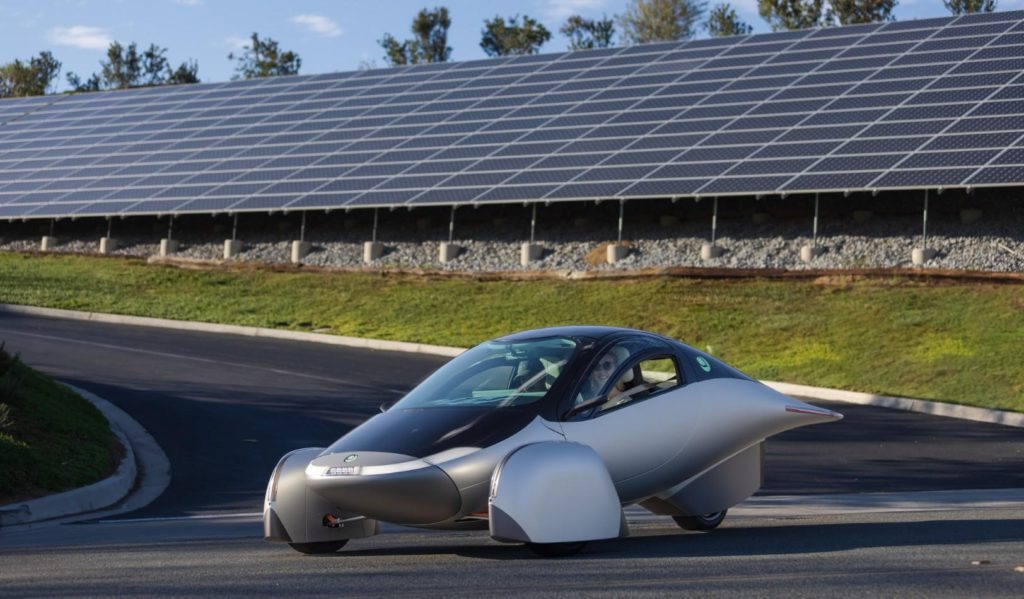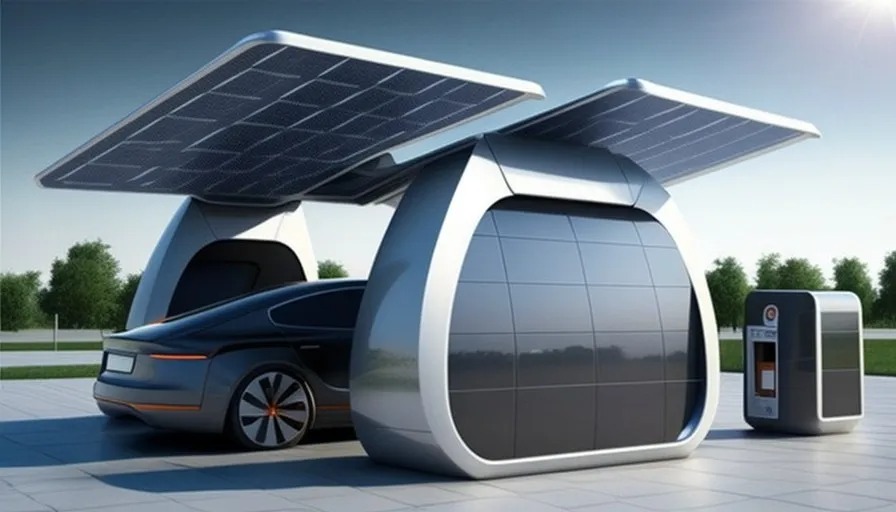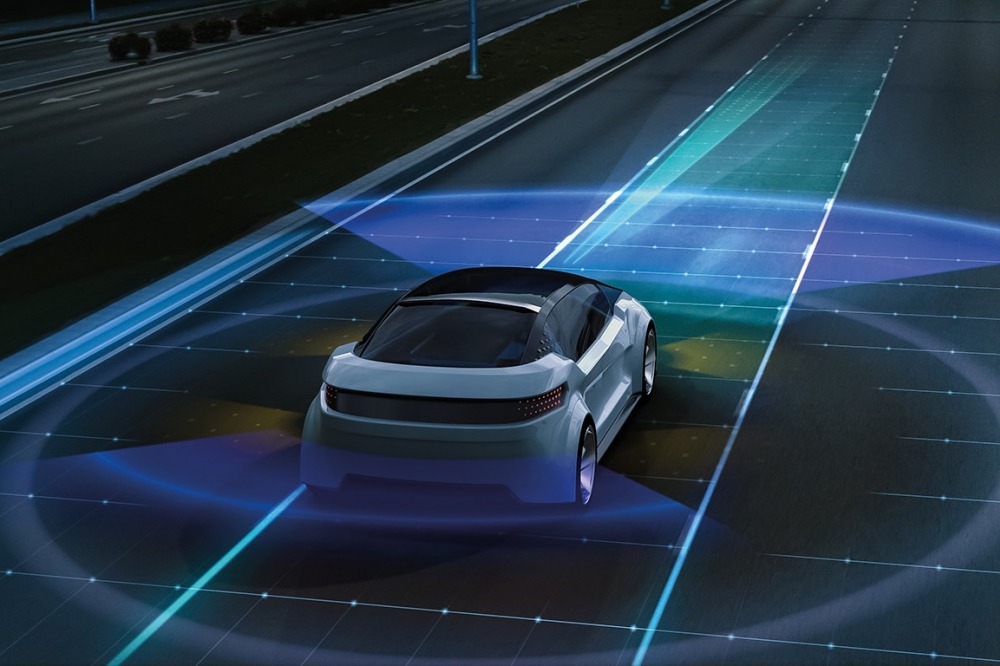Solar Electric Cars: Revolutionizing the Automobile Industry
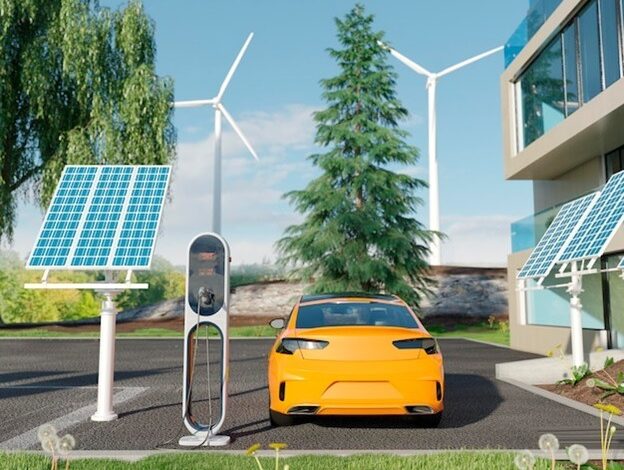
In a groundbreaking evolution within the automobile industry, solar electric cars are emerging as a transformative force, challenging conventional notions of mobility and sustainability. Harnessing the power of the sun to propel vehicles represents a paradigm shift towards cleaner and more eco-friendly transportation solutions. This revolutionary technology not only reduces reliance on traditional energy sources but also addresses environmental concerns associated with traditional combustion engines.
In this exploration of “Solar Electric Cars: Revolutionizing the Automobile Industry,” we unravel the intricacies of this innovative concept. From the integration of solar panels to the challenges and opportunities posed by solar-powered vehicles, we delve into the potential of this technology to reshape the future of transportation. Join us on a journey through the solar-powered revolution, where vehicles not only traverse roads but also harness the sun’s energy to drive us into a more sustainable and energy-efficient automotive era.

Contents
- 1 The Concept of Solar Electric Cars
- 2 How Solar Electric Cars Work
- 3 Benefits of Solar Electric Cars
- 4 Challenges and Limitations
- 5 Current Examples of Solar Electric Cars
- 6 The Future of Solar Electric Cars
- 7 Driving into the Future: The Transformative Power of Solar Electric Cars in Shaping the Automotive Industry
The Concept of Solar Electric Cars
Solar electric cars are vehicles that harness energy from the sun to power their electric drivetrains. Unlike conventional electric cars that rely solely on charging from the electrical grid, solar electric cars integrate solar panels into their design to generate electricity while on the move or when parked. This concept represents a significant leap towards achieving sustainable transportation and reducing our reliance on fossil fuels.
How Solar Electric Cars Work
Solar electric cars incorporate photovoltaic (PV) cells, which convert sunlight into electricity, onto their exterior surfaces. These PV cells are typically made from silicon wafers that capture photons from sunlight and generate an electric current through the photovoltaic effect. The electricity produced is then stored in a battery pack, which powers the car’s electric motor.
The solar panels on these cars are strategically placed on areas such as the roof, hood, and trunk to maximize exposure to sunlight. The panels consist of multiple interconnected solar cells that work together to generate a sufficient amount of electricity to supplement the car’s overall energy needs.
To ensure optimal efficiency, solar electric cars are equipped with sophisticated tracking systems that adjust the position of the solar panels to follow the sun’s path throughout the day. This feature allows for maximum sunlight absorption and energy generation.
See more: The Ultimate Guide to Properly Storing Car Batteries
Benefits of Solar Electric Cars
Solar electric cars offer several advantages over conventional gasoline-powered vehicles and even traditional electric cars. Here are some key benefits:
Environmentally Friendly
One of the most significant advantages of solar electric cars is their positive impact on the environment. By harnessing clean and renewable energy from the sun, these vehicles produce zero tailpipe emissions, reducing air pollution and greenhouse gas emissions. Solar electric cars play a crucial role in combating climate change and preserving our planet for future generations.
Energy Independence
Solar electric cars provide owners with a sense of energy independence. Unlike traditional electric vehicles that rely on charging stations or home charging systems, solar electric cars can generate their electricity wherever there is sunlight available. This feature allows owners to charge their vehicles without relying solely on the power grid, making them less susceptible to power outages or fluctuations in energy prices.
Cost Savings
While the initial cost of purchasing a solar electric car may be higher than a conventional vehicle, the long-term savings can be substantial. By generating their electricity from sunlight, owners can significantly reduce or even eliminate their fuel costs. Additionally, solar electric cars require less maintenance compared to internal combustion engine vehicles, resulting in further cost savings over time.
Extended Range
Solar electric cars can also offer extended driving ranges compared to traditional electric vehicles. By utilizing solar energy in addition to grid charging, these cars can partially recharge their batteries while driving or parked under the sun. This supplementary charge can increase the overall range of the vehicle, providing owners with more flexibility and reducing range anxiety.
Promoting Renewable Energy Adoption
The integration of solar panels into cars not only promotes clean transportation but also encourages the adoption of renewable energy on a larger scale. As more solar electric cars hit the road, the demand for solar panels increases, leading to advancements in solar technology and potentially driving down costs. This ripple effect helps create a more sustainable future by accelerating the transition to renewable energy sources.
Challenges and Limitations
While solar electric cars show immense promise, there are several challenges and limitations that need to be addressed for widespread adoption:
Limited Charging Capacity
Solar panels on cars have limited surface area, which means they can only generate a certain amount of electricity at any given time. This limitation puts constraints on the amount of energy that can be harnessed and stored in the vehicle’s battery pack. Consequently, solar electric cars may still require grid charging for longer trips or during periods of low sunlight.
Weather Dependence
Solar electric cars heavily rely on sunlight for energy generation, making them susceptible to weather conditions. Cloudy or rainy days can significantly reduce the efficiency of solar panels and result in lower energy output. However, advancements in solar technology are continually improving energy conversion rates even in less ideal weather conditions.
Weight and Design Considerations
The incorporation of solar panels adds weight to the vehicle, potentially affecting performance and overall efficiency. Automakers must strike a balance between aerodynamics, aesthetics, and maximizing surface area for solar panel placement. Additionally, integrating solar panels into existing vehicle designs may present logistical challenges and require significant engineering efforts.
Cost
The cost of solar electric cars remains relatively high compared to conventional gasoline-powered vehicles or even traditional electric cars. The expense associated with manufacturing high-quality solar panels and integrating them into vehicles contributes to this higher price point. However, as technology advances and economies of scale come into play, it is expected that the cost will decrease over time.
Current Examples of Solar Electric Cars
While still in its early stages, several automakers have made significant strides in developing solar electric cars. Here are a few notable examples:
Lightyear One
The Lightyear One is a sleek solar electric car developed by Dutch company Lightyear. It features five square meters of integrated solar cells on its roof and hood, allowing it to generate up to 12 kilometers (7 miles) of range per hour under optimal conditions. The Lightyear One also offers a range of up to 725 kilometers (450 miles) on a full charge.
Sono Sion
The Sono Sion is an affordable solar electric car designed by German start-up Sono Motors. It boasts 248 integrated solar cells spread across its exterior surfaces, providing an estimated range extension of up to 34 kilometers (21 miles) per day through solar charging alone. The Sion also offers bidirectional charging capabilities, allowing it to power other devices or even share electricity with other vehicles.
Hyundai Sonata Hybrid
Hyundai has introduced an innovative feature called Solar Roof System in its Sonata Hybrid model. The solar panel system on the roof generates enough electricity to increase the vehicle’s range by about 1,300 kilometers (800 miles) annually under optimal conditions. While not a fully solar-powered car, this technology demonstrates how solar energy can be integrated into existing vehicle models.
The Future of Solar Electric Cars
The future looks promising for solar electric cars as advancements in technology continue to push boundaries and address current limitations. Here are some potential developments we can expect:
Increased Efficiency
Ongoing research and development efforts are focused on improving the efficiency of solar cells used in cars. Innovations such as multi-junction cells and perovskite-based cells aim to enhance energy conversion rates, making solar panels more efficient even in lower light conditions.
Integrated Charging Infrastructure
With the growing popularity of solar electric cars, we can anticipate an increase in integrated charging infrastructure across cities and highways. Solar-powered charging stations equipped with fast-charging capabilities will cater specifically to these vehicles, allowing for convenient long-distance travel without relying solely on grid charging.
Lightweight Materials
Automakers are exploring lightweight materials such as carbon fiber composites and thin-film solar cells to reduce the weight added by solar panels without compromising efficiency or safety standards. These advancements will further improve performance and extend driving ranges.
Vehicle-to-Grid Integration
Solar electric cars have the potential to become integral components of smart grids by enabling bidirectional energy flow between vehicles and the grid itself. This vehicle-to-grid (V2G) integration allows excess energy stored in car batteries to be fed back into the grid during peak demand periods or emergencies.
Driving into the Future: The Transformative Power of Solar Electric Cars in Shaping the Automotive Industry
Solar electric cars represent a significant innovation in the automobile industry, offering sustainable transportation solutions that reduce emissions and promote renewable energy adoption. While challenges such as limited charging capacity and cost remain, ongoing technological advancements are steadily improving efficiency and driving down prices.
As we move towards a greener future, it is crucial for governments, automakers, and consumers to embrace this transformative technology and support its continued development. With increased research investment and policy incentives, solar electric cars have the potential to revolutionize our transportation system and contribute significantly to combating climate change.
So whether you’re captivated by cutting-edge technology or passionate about preserving our environment, keep an eye out for solar electric cars as they pave the way towards a cleaner and more sustainable future for all.
See more at: Topcarr

